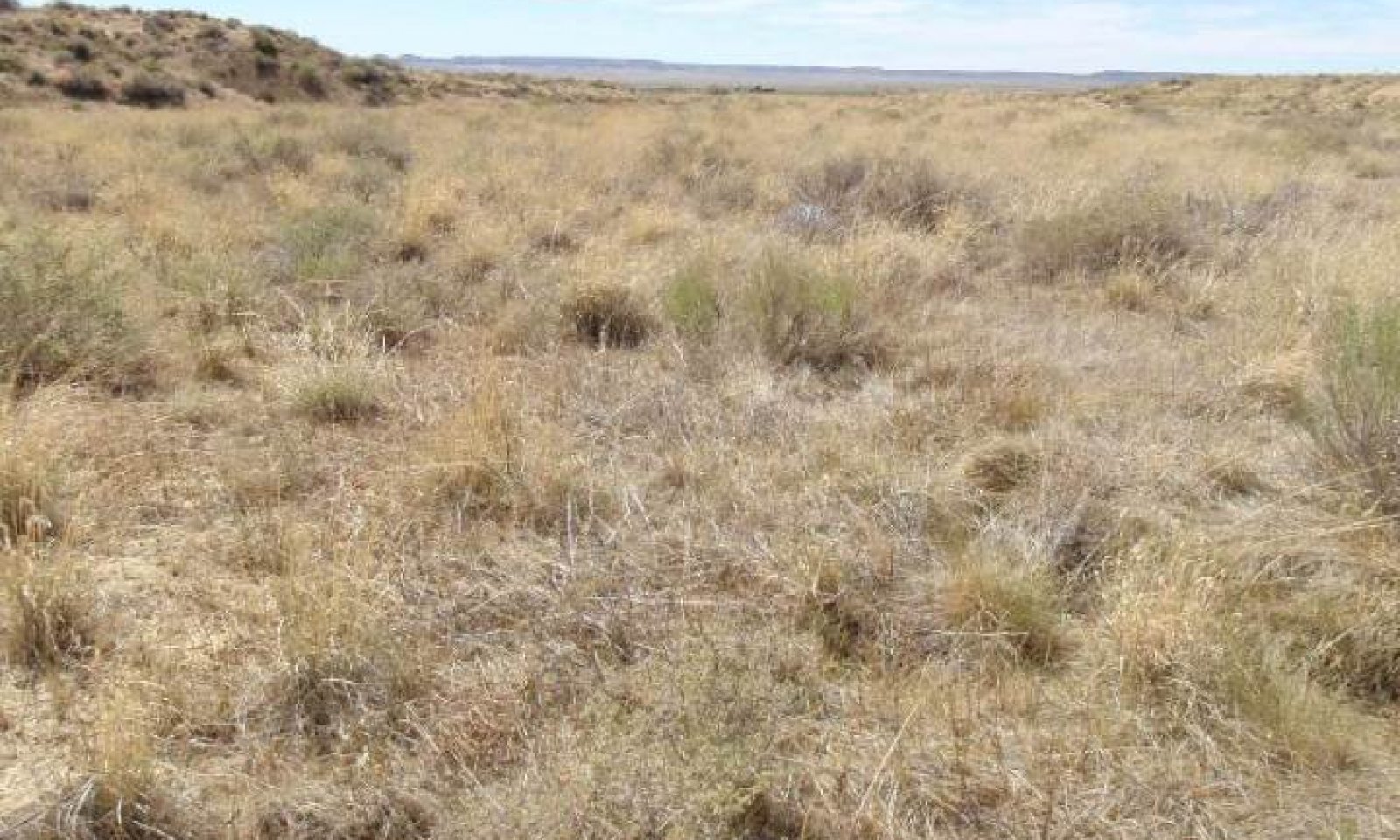
Clay Loam Wash 10-14" p.z.
Scenario model
Current ecosystem state
Select a state
Management practices/drivers
Select a transition or restoration pathway
- Transition T1A More details
- Transition T2A More details
- Restoration pathway R3A More details
-
No transition or restoration pathway between the selected states has been described
Target ecosystem state
Select a state
Description
The reference state was described by the observation and study of plant communties that have evolved through a long-term interactions of natural disturbances processes, climate, soils and landforms. This reference state is characterized as a native mid and short grassland dominated by alkali sacaton and western wheatgrass.
Submodel
Description
This state is characterized by a dominance of warm season grasses and half shrubs with moderate amounts of native and non-native annuals. Common species in this state include galleta, blue grama, alkali sacaton, rabbitbrush and snakeweed.
Submodel
Mechanism
Establishment of non-native annuals creates an irreversible change in the plant community. Other disturbances such as unmanaged grazing, drought and/or lack of fire all allow for the establishment of native and non-native annuals.
Mechanism
Drought, unmanaged grazing, decline or loss of perennial grass cover, active surface erosion create entrenched channels with headcutting
Model keys
Briefcase
Add ecological sites and Major Land Resource Areas to your briefcase by clicking on the briefcase (![]() ) icon wherever it occurs. Drag and drop items to reorder. Cookies are used to store briefcase items between browsing sessions. Because of this, the number of items that can be added to your briefcase is limited, and briefcase items added on one device and browser cannot be accessed from another device or browser. Users who do not wish to place cookies on their devices should not use the briefcase tool. Briefcase cookies serve no other purpose than described here and are deleted whenever browsing history is cleared.
) icon wherever it occurs. Drag and drop items to reorder. Cookies are used to store briefcase items between browsing sessions. Because of this, the number of items that can be added to your briefcase is limited, and briefcase items added on one device and browser cannot be accessed from another device or browser. Users who do not wish to place cookies on their devices should not use the briefcase tool. Briefcase cookies serve no other purpose than described here and are deleted whenever browsing history is cleared.
Ecological sites
Major Land Resource Areas
The Ecosystem Dynamics Interpretive Tool is an information system framework developed by the USDA-ARS Jornada Experimental Range, USDA Natural Resources Conservation Service, and New Mexico State University.


